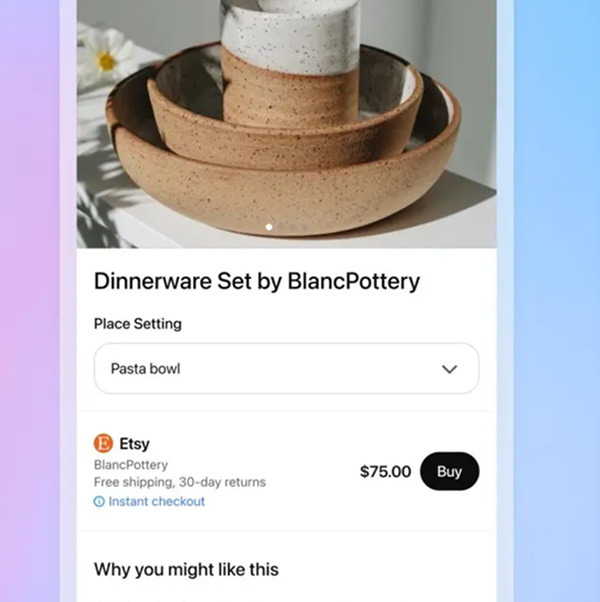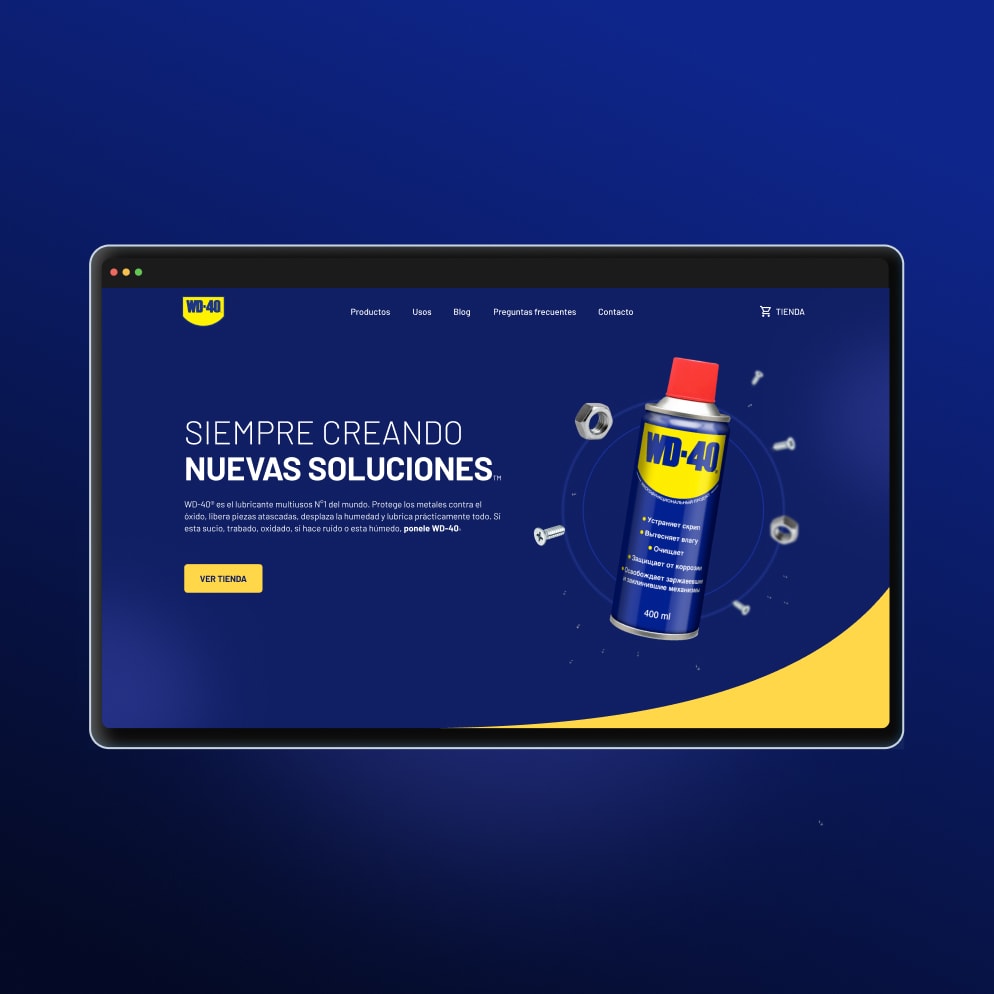User Experience (UX) and User Interface (UI) design are rapidly advancing, shaped by new technologies, social values, and user demands. By 2025, trends such as artificial intelligence, accessibility, and privacy will dominate this field, opening new possibilities for creating innovative and ethical digital experiences.
Artificial Intelligence: Personalization and Efficiency
Artificial intelligence (AI) will be an essential tool for designers, enhancing both creative processes and the end-user experience. For example, AI-based tools can automate the generation of interactive prototypes, enabling faster and more effective iterations. Advanced algorithms can analyze user behavior patterns to suggest personalized designs, and platforms like Figma or Adobe XD are integrating AI to facilitate automatic adjustments to visual elements, optimizing the creative workflow.
- Dynamic Interfaces: AI will automatically adjust interfaces based on user behavior, optimizing navigation and access to the most relevant information.
- Advanced Chatbots and Virtual Assistants: These tools will better understand natural language and context, providing smoother and more useful interactions.
- Automation in Design: Algorithms will facilitate rapid prototype creation, helping designers explore multiple options before deciding.
Inclusive Design and Accessibility
In an increasingly digital world, it’s crucial to ensure that all users can interact with products and services without barriers. According to a WebAIM report, in 2023, more than 98% of websites analyzed contained accessibility errors, affecting millions of users with disabilities. Accessibility improvements, such as more accurate screen readers and more inclusive designs, are benefiting a growing number of people, ensuring more equitable digital experiences.
- Accessible Tools: Technologies like screen readers and voice commands will become more precise, providing support for people with visual, auditory, or motor disabilities.
- Universal Design: The trend will be to create interfaces adapted to a range of needs, ensuring they are practical for all users, regardless of their abilities.
- Improved Colors and Typography: There will be a renewed focus on visual elements that make reading and understanding easier for people with cognitive or visual impairments.
Privacy and Security: A Transparent Approach
With growing concerns over the use of personal data, designers will need to prioritize practices that build user trust.
- Built-in Privacy: Platforms will include clear and understandable settings from the outset, allowing users to manage their data easily.
- Ethical Design: Dark patterns and deceptive strategies, such as confusing pop-ups, will be eliminated in favor of clear and honest interfaces.
- Anonymity Options: Apps will offer secure and simple ways to interact without requiring sensitive data.
Immersive Experiences with Extended Reality
Augmented Reality (AR) and Virtual Reality (VR) will continue to transform how users interact with the digital world. According to a recent report from Statista, the global AR and VR market is expected to grow at a compound annual growth rate of 25% until 2030. These technologies are revolutionizing sectors like e-commerce, enabling users to virtually try products, and education, by offering immersive simulations that enhance learning.
- 3D Elements and Animations: Three-dimensional designs will make interfaces more immersive and engaging.
- Mixed Reality in Everyday Applications: We will see more practical applications of AR and VR, such as virtual shopping simulations, architectural design, or virtual training.
- Polished Microinteractions: Brief, detailed animations will provide immediate feedback, making interactions intuitive and rewarding.
Conclusion
UX and UI design in 2025 will be profoundly influenced by the integration of emerging technologies like AI. We will see a surge of well-known and new platforms implementing these technologies across all available contexts.
OpenAI is at the forefront of these processes, and those who succeed in eliminating the barrier between interfaces and everyday life will win the first battle.







